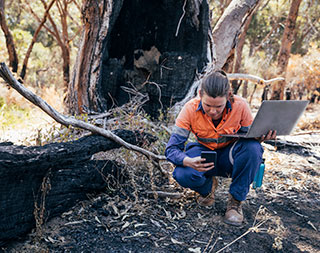
The frequency and severity of climate-related disasters, such as wildfires, hurricanes, and extreme-heat events is growing in the U.S. and globally. Disasters and public health emergencies, whether local or global, natural or human-caused, result in unique combinations of human exposures, hazards, and stressors. The associated immediate physical and mental health impacts, as well as long-term consequences are often not well studied, nor understood.
Too often, basic questions about the safety and health of communities and disaster responders impacted by a disaster or public health emergency go unanswered. The historical lack of research that considers questions such as the following is a critical missed opportunity:
- Are the risks different for vulnerable groups, such as pregnant women, older adults, or those with pre-existing health conditions?
- How do we accurately measure, assess the health risks, and implement effective interventions from complex disaster-related exposures?
- How do we diagnose and treat harm that has occurred?
- Is it OK to breathe the air, drink the water, or eat food grown in our neighborhood?
- Is my home and yard safe for my family and pets?
- What are the additional health risks and impacts on disadvantaged communities burdened with a history of elevated exposures to environmental hazards?
- What are the best strategies for reducing both immediate and long-term potential physical and mental health effects?
Environmental health investigations and research that is appropriately integrated into existing and emerging response frameworks for disasters and public health emergencies can help answer these questions. This information can inform future response, recovery, and preparedness efforts, which in turn will help increase resiliency among individuals, communities, and nations.
The National Institutes of Health (NIH) Disaster Research Response (DR2) Program spearheads U.S. efforts and works with global partners to empower timely human health research in response to disasters and public health emergencies through:
- Funding and resources to facilitate collection of perishable post-event exposure data.
- Access to a collection of over 500 curated research surveys and tools, including a RAPIDD Protocol Designer, through the DR2 Program webpage.
- Connection to a broadly inclusive DR2 Community of Practice of researchers and public health practitioners.
- Training & Education materials, workshops, and symposia.
Visit the DR2 Videos webpage to view all DR2-related videos.
Program Contacts
Disaster Research Response (DR2) Program
[email protected]
-

-
Aubrey K. Miller, M.D., M.P.H.
Senior Medical Advisor -
Tel 301-496-3511
[email protected] -
31 CENTER DRNIHBC 31 - CLAUDE D PEPPER BUILDINGBethesda, MD 20892-2256
-

-
Ann Y. Liu, Ph.D., M.P.H.
Contractor - Senior Scientist -
Tel 301-496-3511
[email protected]



